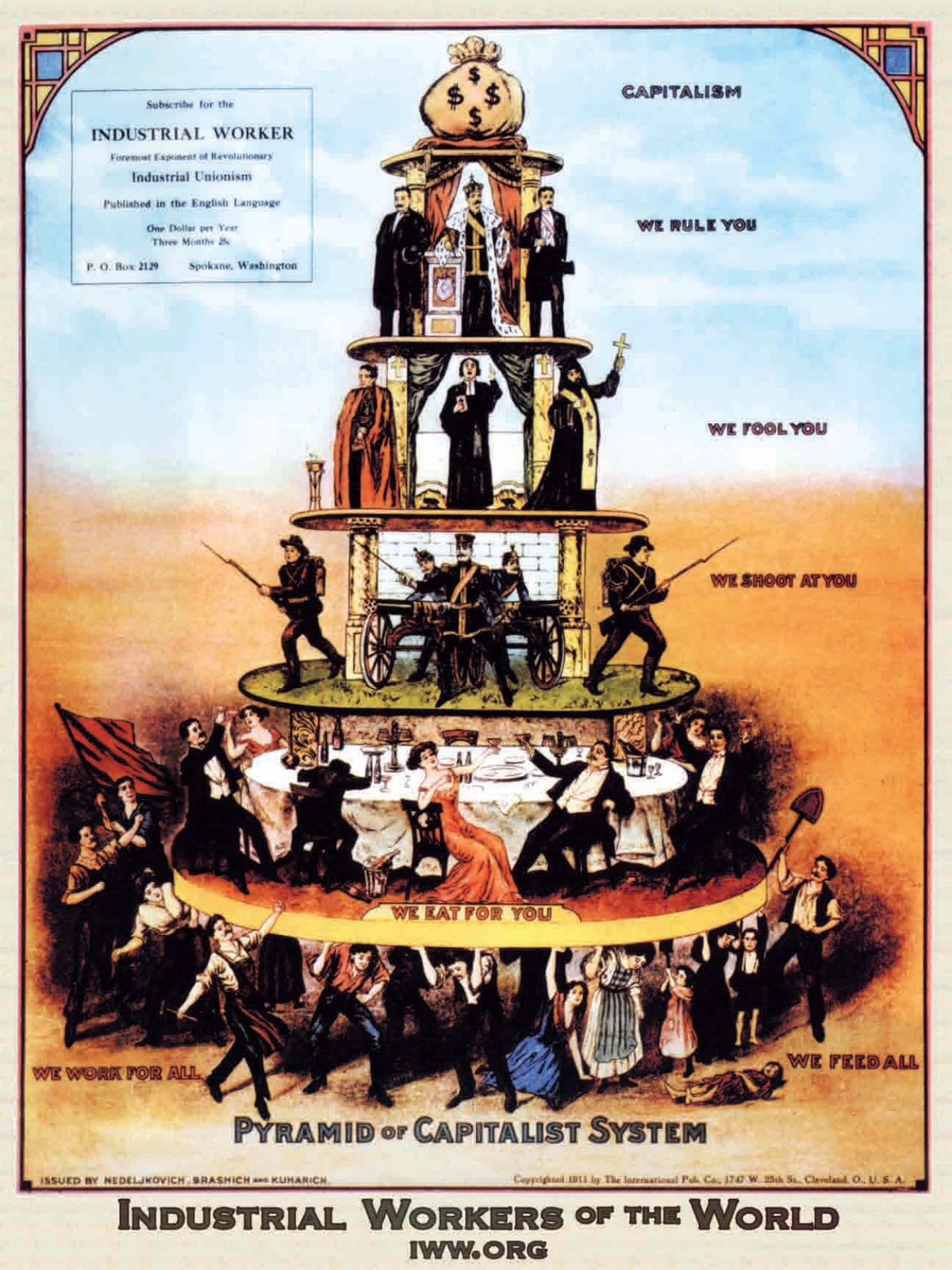
“Envisaging an art without artwork, without authorship, and without spectatorship has an immediate consequence: art ceases to be visible as such.†– Steven Wright
Part of the confusion between high art, activist art and participatory art and vernacular forms of politicized cultural works lies in determining where resistance emerges from, and against what.
Perhaps, as our discussion of relations and users insinuated, it is not necessary to go looking for communities to make art with or for. Instead, consider that this making is already happening.
Invisible Users and Participants
After mucking through some of the dense readings on socially-engaged art and relational aesthetics, I got led to Gregory Sholette’s work, including his recent book Dark Matter, which uses a physics metaphor [that of dark or shadow matter] to take on the idea that the mass of production that happens in Art World is actually underneath or invisibly alongside the institutionalized and individualized work that is celebrated and purchased.
That is, creative cultural making is happening regardless of its canonization, institutional location, or permissions from critics, curators, or gallerists. It’s just not talked about that much, because it doesn’t “count,†and yet it is an important part of a larger system. Similarly, we don’t see the users of participatory, socially engaged arts analyzed in art history and criticism because they don’t count as much as the artists, institutions, and projects which put the art works out. But, without them, there is no work to be done [see, users].
Hierarchical Power
This makes me think of the classic 1916 IWW illustration “Pyramid of Capitalist Struggle†which uses the convention of [white] workers “holding up†the upper classes, making it possible for them to eat, shoot, fool, and rule.
This highly-hierarchical understanding of production and power functions both to explain “how†things are – and to demonstrate where the counterpower lies: in removal of participation. Were the working classes to step out from the pyramid, it would collapse; were the art students, home hobbyists, and temporary worker-teachers that Sholette references to stop working within the shadow matter, the system of Art would cease to function. Both of these, it is insinuated, is a good thing.
This leads us to consider that it is possible to resist oppression from within systems,  as we see in old-school tactics of work slow-downs, refusal to participate, machine breaking, et al. Perhaps however the resistance will take forms as yet unnamable because they don’t “count†to the values of system. This fissure is important, and we will return to it.
Invisible Usership
Earlier we read Stephen Wright’s 2007 speech about usership, and I want to return to some of his ideas: namely, the ways in which he starts the essay, talking about visibility and power. That which can be seen as art is “just†art, but that which can not be seen as art loses some of what he wonderfully calls its transformative magic.
Many current movements within art, DIY, technology, and social justice worlds to create transformative, shared creative practices are equally unseeable: when defined as “just†programming or “just†zine-making, they lose some transformative magic that is associated with an art-experience. Without being located as specifically art or specifically political works, they are difficult to pin down within the context of power-changing or power-responding forms.
However, without this pinning down comes another potential way in which these makers speak from a site of intersubjective defiance.*  Sholette says that “Wright elaborates a way for artists to leap out of prescribed aesthetic frames, past the policing of artistic borders, and move directly into a cultural “usership†within non-art social relations, including political activism.†That is, by saying Who Cares If It’s Art, what’s made is free to be unnamed, invisible, and therefore to escape power. (Sholette, 2012)
So: the spaces that are out of institutional grasp allows for cultural productions that are not inhibited by the requests, requirements, and restrictions of institutions. So, what gets made instead? And how?
Next times, more on framing, groups, and complicated ideas around self-understanding made simple. In the meantime…
Suggested Readings:
Dark Matter, Gregory Sholette 2011. Read the introduction here: http://www.darkmatterarchives.net/?page_id=402, and looks like the full text is online here: http://www.scribd.com/doc/87575966/2/art-PolItIcs-dark-Matter-nIne-Prologues
“After OWS: Social Practice Art, Abstraction, and the Limits of the Social.†Gregory Sholette, http://www.e-flux.com/journal/after-ows-social-practice-art-abstraction-and-the-limits-of-the-social/
*This again relates to my initial problem: what do I call what I am studying, and what does the academy call it, and who has the power to define?
** I will think more about why the intention of the maker is so important to me, when it’s the affect of the viewer I still find most interesting.
